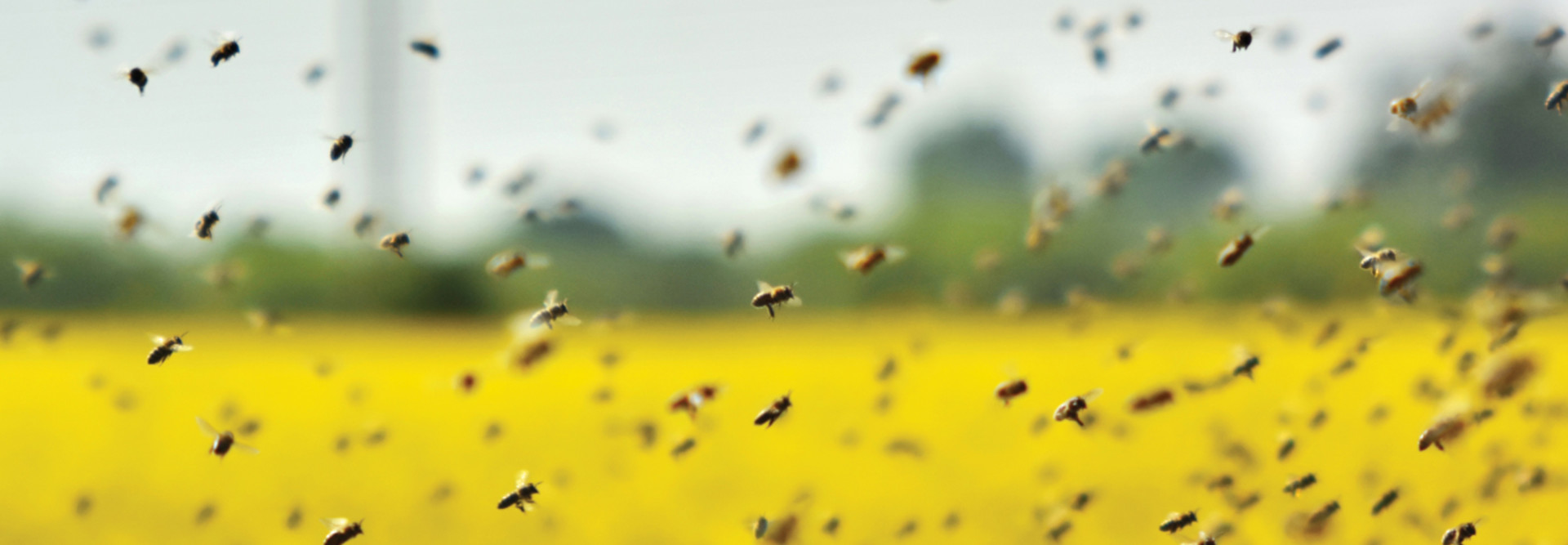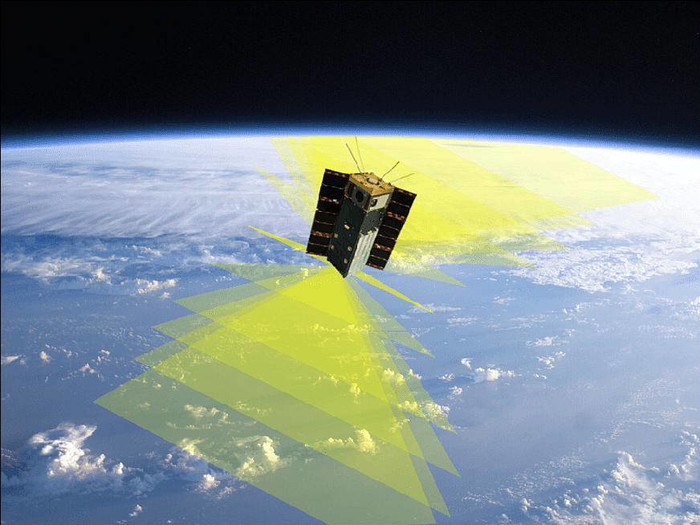How Do Drone or Satellite Swarms Work?
There are many elements that need to be combined to make swarm intelligence work, according to Thompson, who specializes in the orbital and maneuvering aspects of NASA’s experiments with satellite swarms.
The swarm is driven by whatever the mission is, whether that is collecting scientific data or other applications. The algorithm Thompson developed can be used for both Earth-focused and deep space missions, she says.
In a satellite swarm, once it is determined how many satellites are needed for a specific task, Thompson focuses on designing the orbits of the satellites. Say, for example, that the goal is to observe phenomena, like a cloud forming or a storm. The software would have rules for the task requirements, and then the satellites would, when signaled, form specific geographic configurations to capture the phenomena from different angles.
Using machine learning, the satellites would over time get better at maneuvering around each other to get into new geometric shapes to fulfill their mission. The tasks and mission won’t change, Thompson says, but the satellite swarm will be “learning along the way, and it’s able to do it autonomously and it’s able to do it autonomously better with time.”
EXPLORE: How do multicloud tools enable the storage of data from satellites?
Each spacecraft essentially must know how it has to maneuver relative to all the other spacecraft in the swarm. The satellite needs to maneuver autonomously, not just relative to the target it is focused on but to other nearby satellites in the swarm to avoid hitting them. That AI will be placed into the satellite’s computer systems, according to Thompson.
“The architecture will be smart enough to figure all of this out,” she says. “And it’s all based on the surroundings. It’s based on the instruments that are onboard.”












